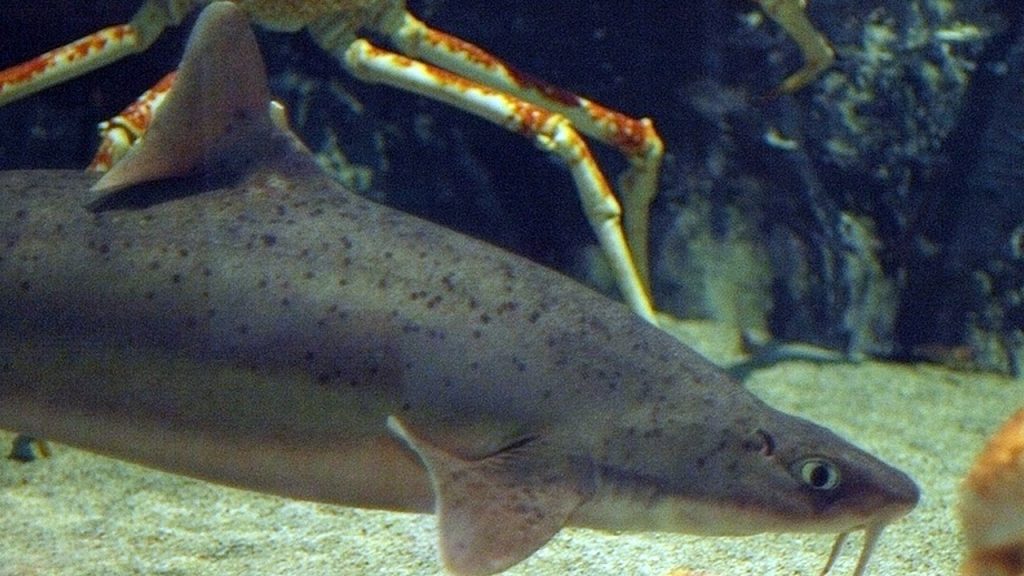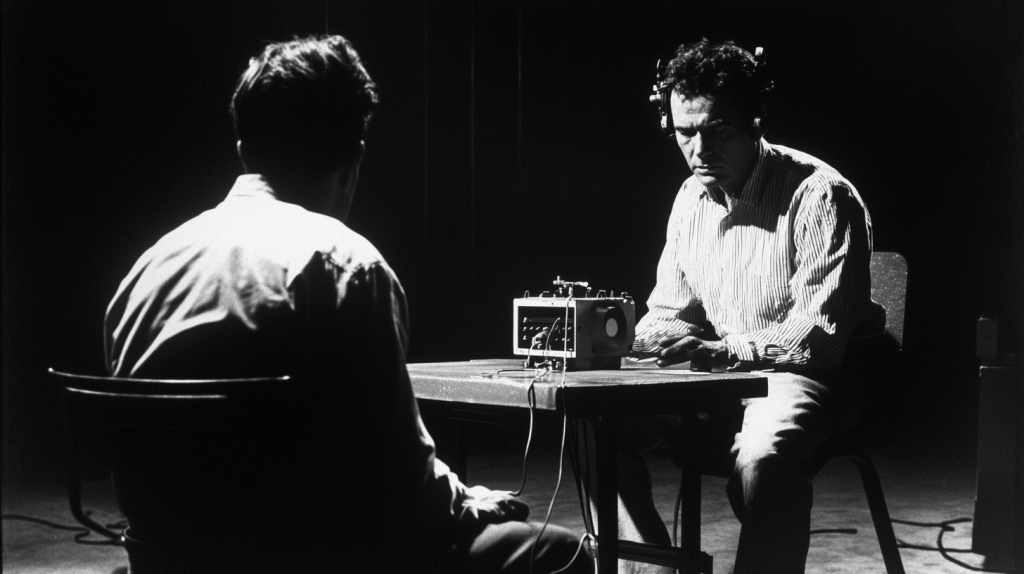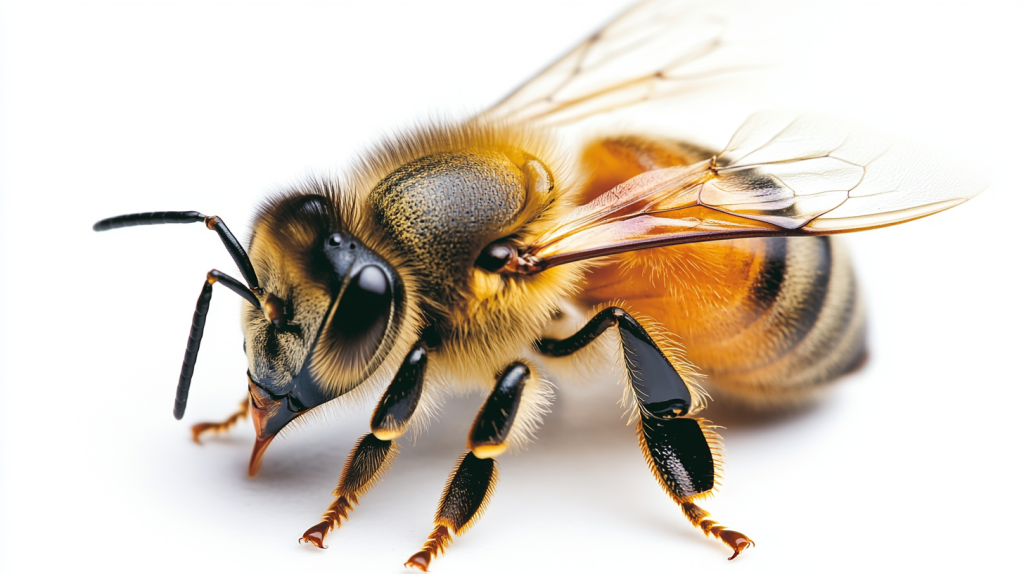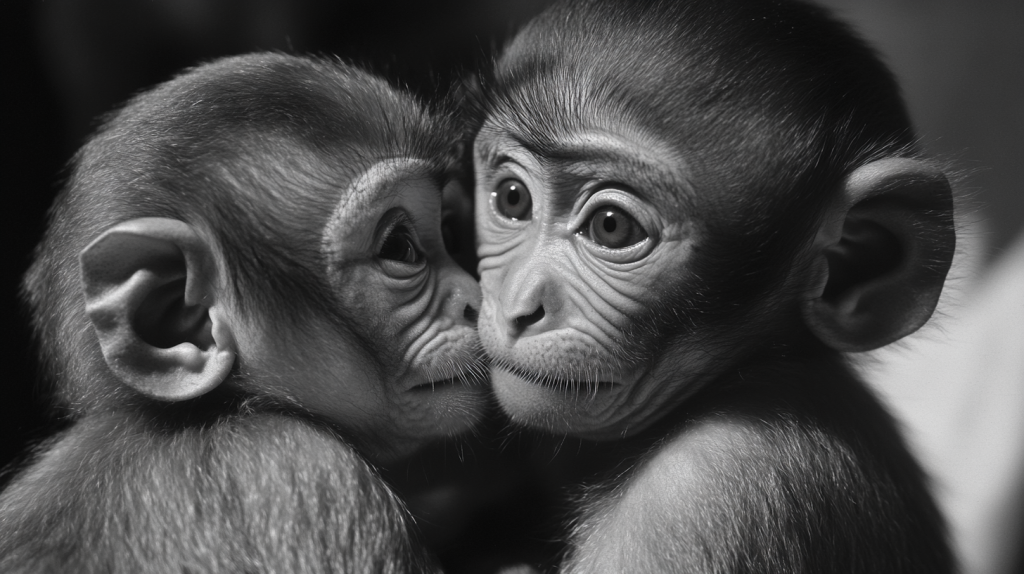Science has always fascinated me, especially when it veers into the downright bizarre. The path to discovery is rarely straightforward, and some of the strangest scientific experiments have yielded results that blew my mind.
Whether it was using frogs to uncover the secrets of electricity or purposefully crashing airplanes to gather data, it’s incredible to think about how weird ideas sometimes lead to breakthrough moments. What’s more, these odd experiments changed the way we understand the world today. I’ve put together a list of some of the weirdest scientific experiments I’ve ever come across, and believe it or not, they all worked!
The Frog That Helped Discover Electricity

In the 18th century, Italian scientist Luigi Galvani accidentally discovered bioelectricity while dissecting frogs. He noticed that the frog’s legs twitched when they touched a metal scalpel, which was connected to a nearby electrical machine. This accidental discovery showed that electricity was linked to animal muscle movement, paving the way for the study of electrical circuits and bioelectricity.
The Prisoner’s Dilemma Test on Human Cooperation

In the 1950s, researchers used a simple yet strange setup to understand human behavior. Two participants had to either cooperate or betray one another for a cash reward, in an experiment modeled after a criminal interrogation scenario. Oddly enough, this simple game led to groundbreaking insights into trust, competition, and strategy in human decision-making. The concept, known as the “Prisoner’s Dilemma,” became a key theory in economics and social psychology.
The Dog-Head Transplant

In 1954, Soviet scientist Vladimir Demikhov performed a gruesome and now infamous experiment—transplanting the head of a puppy onto the body of an adult dog. Amazingly, both heads survived for several days, with each being able to drink and react independently. While highly controversial, this experiment opened doors for research into organ transplants and surgical techniques still used today.
Pavlov’s Drooling Dogs

Russian physiologist Ivan Pavlov conducted experiments in the early 1900s that involved ringing a bell before feeding his dogs. Over time, he noticed that the dogs would begin to drool just at the sound of the bell, even when no food was present. This led to the discovery of classical conditioning, a concept that helps explain how behaviors are learned, and it remains a cornerstone in psychology and behavioral science.
Operation Crash the Airplane

In 1984, NASA intentionally crashed a remote-controlled Boeing 720 in the desert as part of a bizarre but effective experiment. The goal was to test new crash safety measures, fire prevention techniques, and survival odds. The experiment provided valuable data that helped improve airplane safety standards and develop better crash-resistant technologies.
The Stanford Prison Experiment

In 1971, psychology professor Philip Zimbardo conducted one of the most unsettling experiments ever. Students were assigned roles as either guards or prisoners in a mock prison. The guards quickly became cruel, and the prisoners started to break down emotionally. Although it was cut short due to its disturbing effects, this experiment revealed how quickly people adapt to oppressive roles, shaping modern studies of human psychology and power dynamics.
The Electrified Shark and The First Pacemaker

In the 1950s, American scientist Paul Zoll applied electric shocks to a dogfish shark’s heart to study its effect. Surprisingly, he found that the heart could be restarted with controlled electric pulses. This strange experiment eventually led to the invention of the first cardiac pacemaker, a life-saving device now widely used to help millions with heart issues.
Stanley Milgram’s Obedience Shocker

In a chilling 1961 experiment, psychologist Stanley Milgram asked participants to deliver what they thought were electric shocks to another person as part of a learning test. The shocks weren’t real, but the results showed that ordinary people were surprisingly willing to obey authority figures, even if it meant harming others. This unnerving experiment highlighted the dangers of blind obedience and had lasting effects on ethics in psychological research.
The Man Who Trained Bees to Smell Explosives

In the 1990s, scientists discovered that honeybees could be trained to detect explosives by associating the scent with sugar water. While it might sound odd, bees are now being considered as part of bomb detection systems due to their incredible sense of smell. This experiment showed how even the tiniest creatures can be harnessed for big security tasks.
Harlow’s Monkeys and the Power of Love

In the 1950s, psychologist Harry Harlow conducted controversial experiments on baby rhesus monkeys to study the bond between mothers and infants. He gave the monkeys a choice between two artificial mothers—one made of wire that provided food, and one made of soft cloth. The monkeys overwhelmingly chose the comforting, soft mother, proving that love and comfort are more essential to development than just physical needs like food.
The Spider Drugs Experiment

In the 1990s, NASA gave spiders various drugs to study their effects on web-building. The results were as bizarre as you’d expect: caffeine produced disjointed, erratic webs, while spiders on marijuana spun lazy, incomplete ones. Despite the weirdness of the experiment, it helped reveal how drugs can affect the nervous system and behavior.
The Head-Turning Babies

In 1975, researchers conducted an experiment with newborn babies and simple faces. By slowly turning a piece of paper with a face drawn on it, they observed that babies instinctively followed the image. This seemingly simple test gave us early insights into human social development and showed that even newborns are wired to recognize faces from the very start of life.
The Cold-War Deadly Weather Machine

During the Cold War, both the U.S. and Soviet Union attempted weather modification as a tool for warfare. In one eerie experiment, scientists tried cloud seeding to create rain over Vietnam, hoping it would disrupt enemy supply lines. Though the ethics were questionable, the experiment proved that weather modification, though unreliable, was indeed possible.
The Guinea Pig vs. Bulletproof Vest Test

In the early 1900s, Casimir Zeglen, the inventor of a primitive bulletproof vest, conducted a jaw-dropping experiment. He dressed a guinea pig in one of his vests and fired a bullet at it. The guinea pig survived, and the vest went on to revolutionize personal protective gear, leading to the body armor we use today for law enforcement and military personnel.
18 Everyday Things Amish Women Aren’t Allowed to Do

The Amish culture is known for its simple way of life and adherence to traditional values. While this lifestyle may seem appealing to some, there are certain restrictions that Amish women face that most modern women do not. Take a look at these things that we take for granted that are off-limits to Amish women.
Read More: 18 Everyday Things Amish Women Aren’t Allowed to Do
Ellen has been obsessed with logic puzzles, jigsaws, and cryptograms since she was a kid. After learning she was taught how to play chess wrong by a family friend (so they could win), she joined her school chess club and the rest is history.


